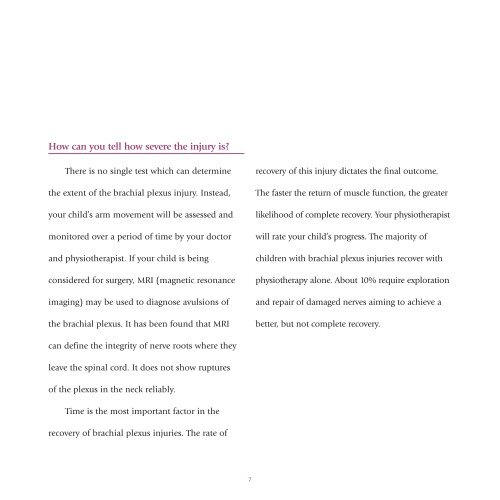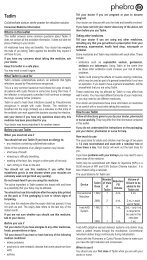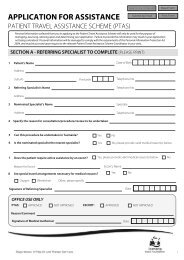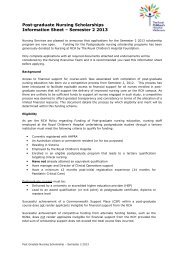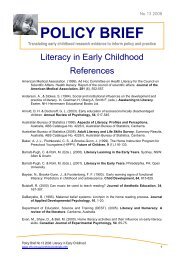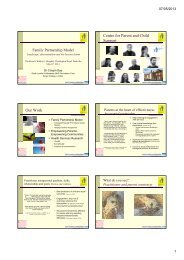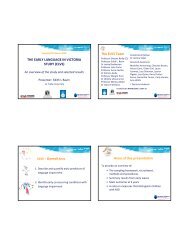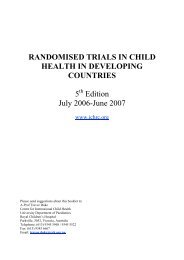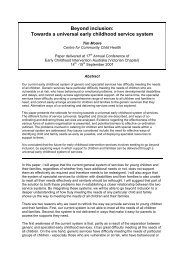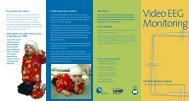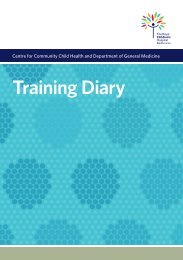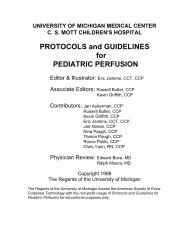Understanding Brachial Plexus Palsy - The Royal Children's Hospital
Understanding Brachial Plexus Palsy - The Royal Children's Hospital
Understanding Brachial Plexus Palsy - The Royal Children's Hospital
You also want an ePaper? Increase the reach of your titles
YUMPU automatically turns print PDFs into web optimized ePapers that Google loves.
How can you tell how severe the injury is<br />
<strong>The</strong>re is no single test which can determine<br />
the extent of the brachial plexus injury. Instead,<br />
your child’s arm movement will be assessed and<br />
monitored over a period of time by your doctor<br />
and physiotherapist. If your child is being<br />
considered for surgery, MRI (magnetic resonance<br />
imaging) may be used to diagnose avulsions of<br />
the brachial plexus. It has been found that MRI<br />
recovery of this injury dictates the final outcome.<br />
<strong>The</strong> faster the return of muscle function, the greater<br />
likelihood of complete recovery. Your physiotherapist<br />
will rate your child’s progress. <strong>The</strong> majority of<br />
children with brachial plexus injuries recover with<br />
physiotherapy alone. About 10% require exploration<br />
and repair of damaged nerves aiming to achieve a<br />
better, but not complete recovery.<br />
can define the integrity of nerve roots where they<br />
leave the spinal cord. It does not show ruptures<br />
of the plexus in the neck reliably.<br />
Time is the most important factor in the<br />
recovery of brachial plexus injuries. <strong>The</strong> rate of<br />
7


